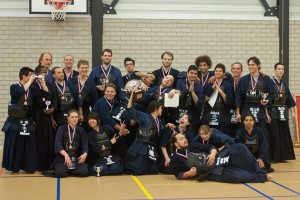Dear all,
Paul van Riel is clearing his impressive stock of original, exhibition-quality photo-prints ( mostly signed , numbered).
To create space and, yes, to make some urgently needed cash. That’s why the prices are ‘ridiculously’ low.
Art collectors, here’s your chance ! Paul has a long international career in corporate and editorial photography ( his client list includes National Geographic).
Prints, black/white and colour, come in many sizes; mostly 24 x 30 cm. to 40 x 50 cm. Some much larger. Some are framed.
Most were shown in museums, galleries here and abroad. Worldwide subjects incl. Cuba, Korea (North and South), China, USA, Holland, S.Pacific, Japan.
Prices vary. An indication € 75.00 – € 195.00 for the ‘medium size’ works. This includes many costly, vintage cibachrome prints ..
You may phone Paul for an appointment 06 50253545.
Check out his work at www.paulvanriel.com.
Studio: Ateliers 2005, Van Weerden Poelmanlaan 4h, 1185 HB Amstelveen ( 250 m. from A9, a 5 min. walk from the Cobra Museum ), free parking inside the gate ).Dear all,
Paul van Riel is clearing his impressive stock of original, exhibition-quality photo-prints ( mostly signed , numbered).
To create space and, yes, to make some urgently needed cash. That’s why the prices are ‘ridiculously’ low.
Art collectors, here’s your chance ! Paul has a long international career in corporate and editorial photography ( his client list includes National Geographic).
Prints, black/white and colour, come in many sizes; mostly 24 x 30 cm. to 40 x 50 cm. Some much larger. Some are framed.
Most were shown in museums, galleries here and abroad. Worldwide subjects incl. Cuba, Korea (North and South), China, USA, Holland, S.Pacific, Japan.
Prices vary. An indication € 75.00 – € 195.00 for the ‘medium size’ works. This includes many costly, vintage cibachrome prints ..
You may phone Paul for an appointment 06 50253545.
Check out his work at www.paulvanriel.com.
Studio: Ateliers 2005, Van Weerden Poelmanlaan 4h, 1185 HB Amstelveen ( 250 m. from A9, a 5 min. walk from the Cobra Museum ), free parking inside the gate ).

